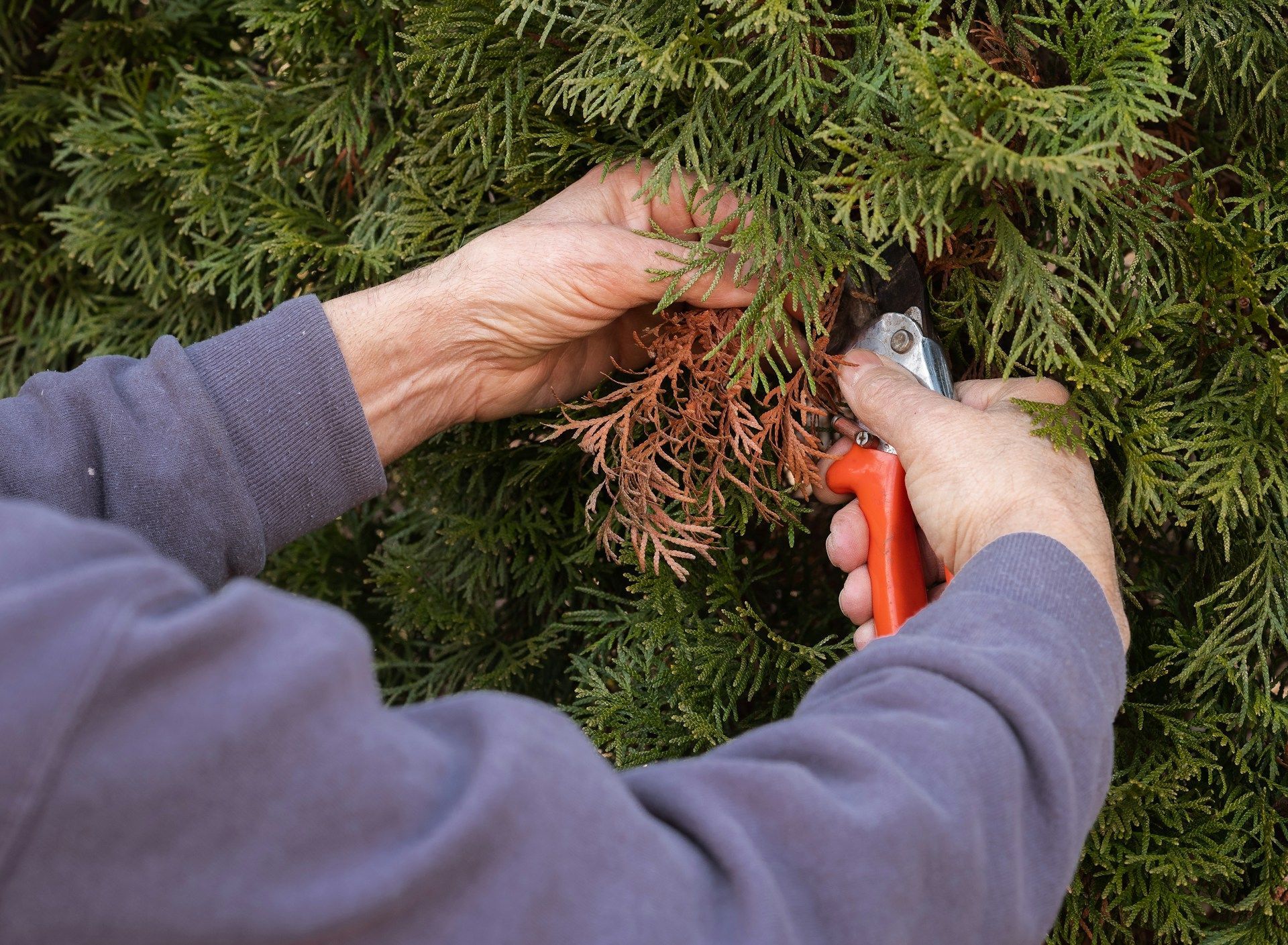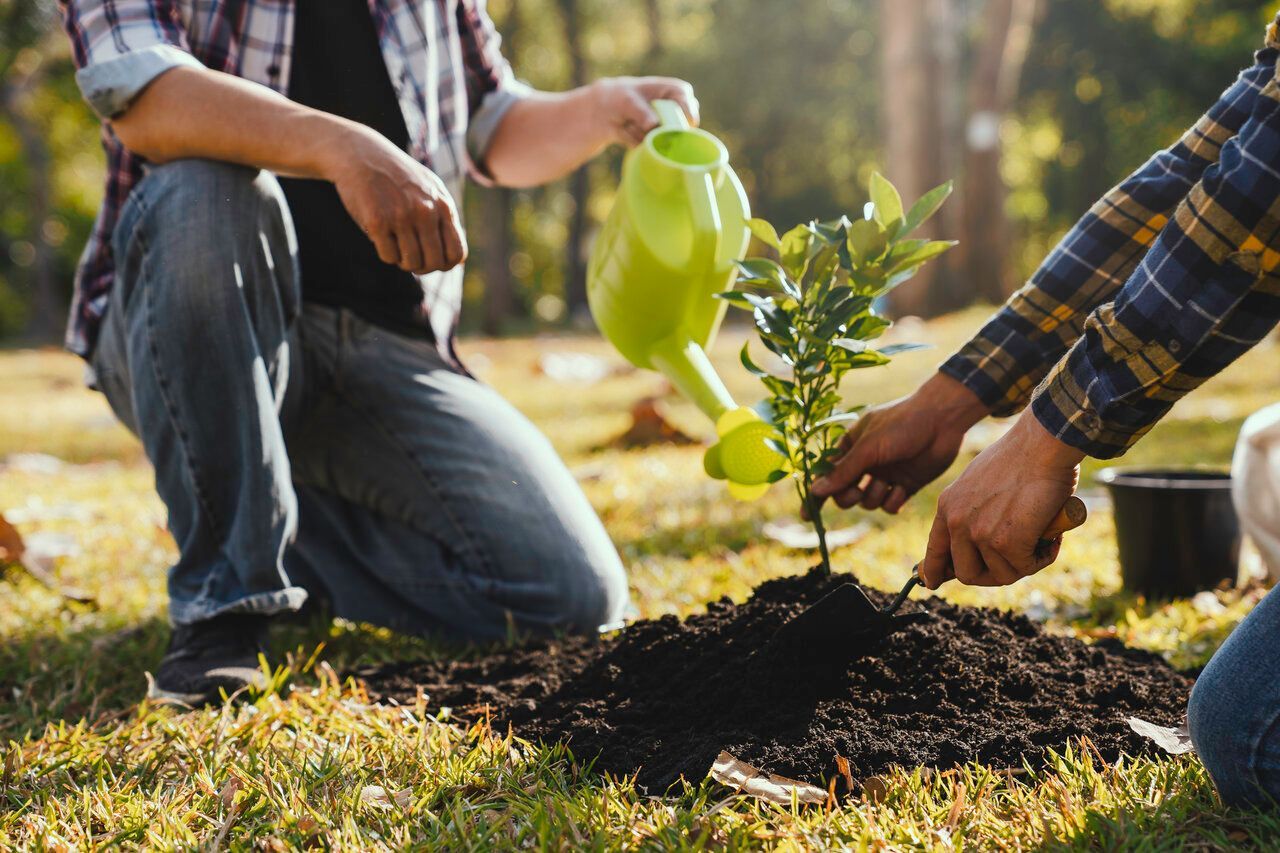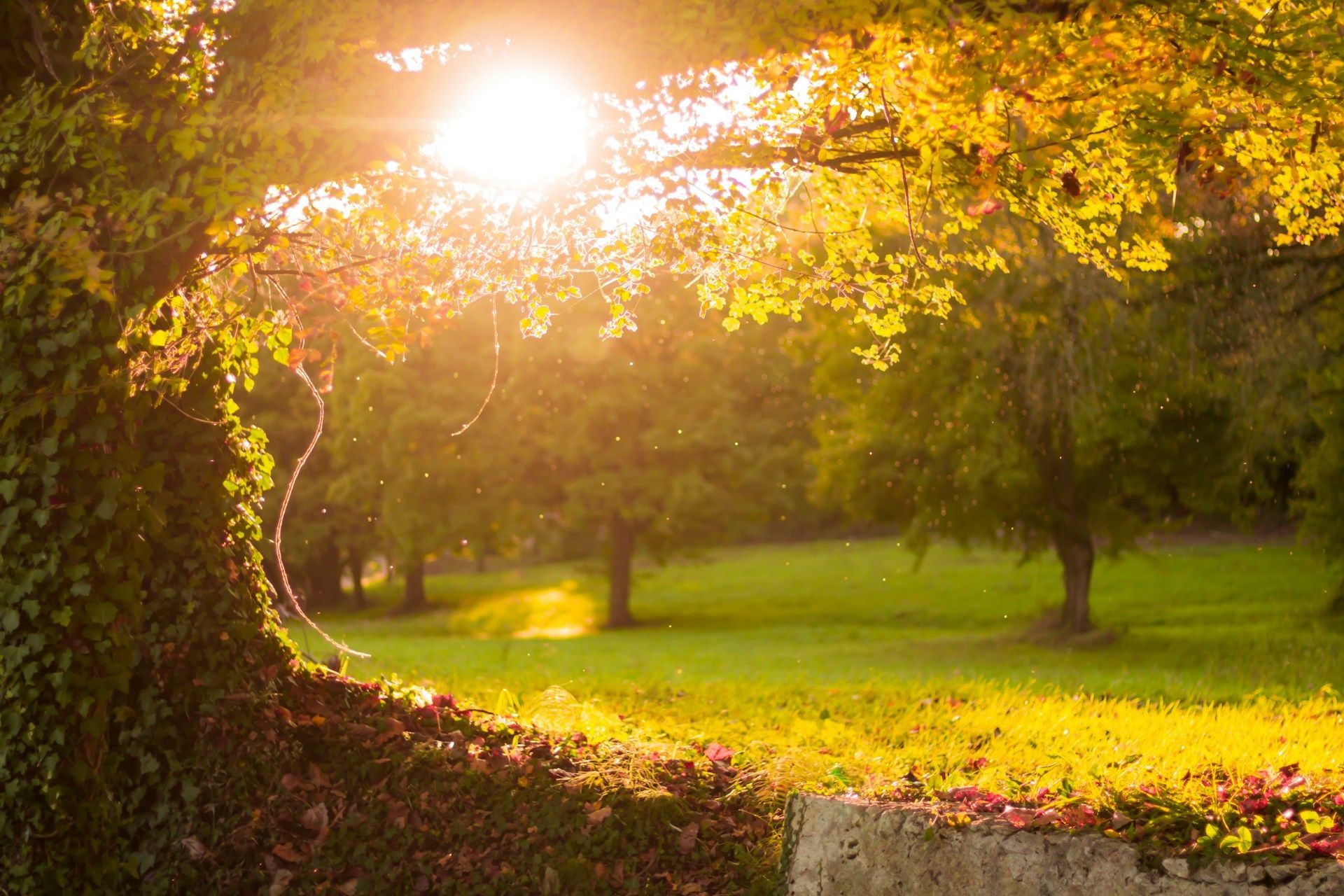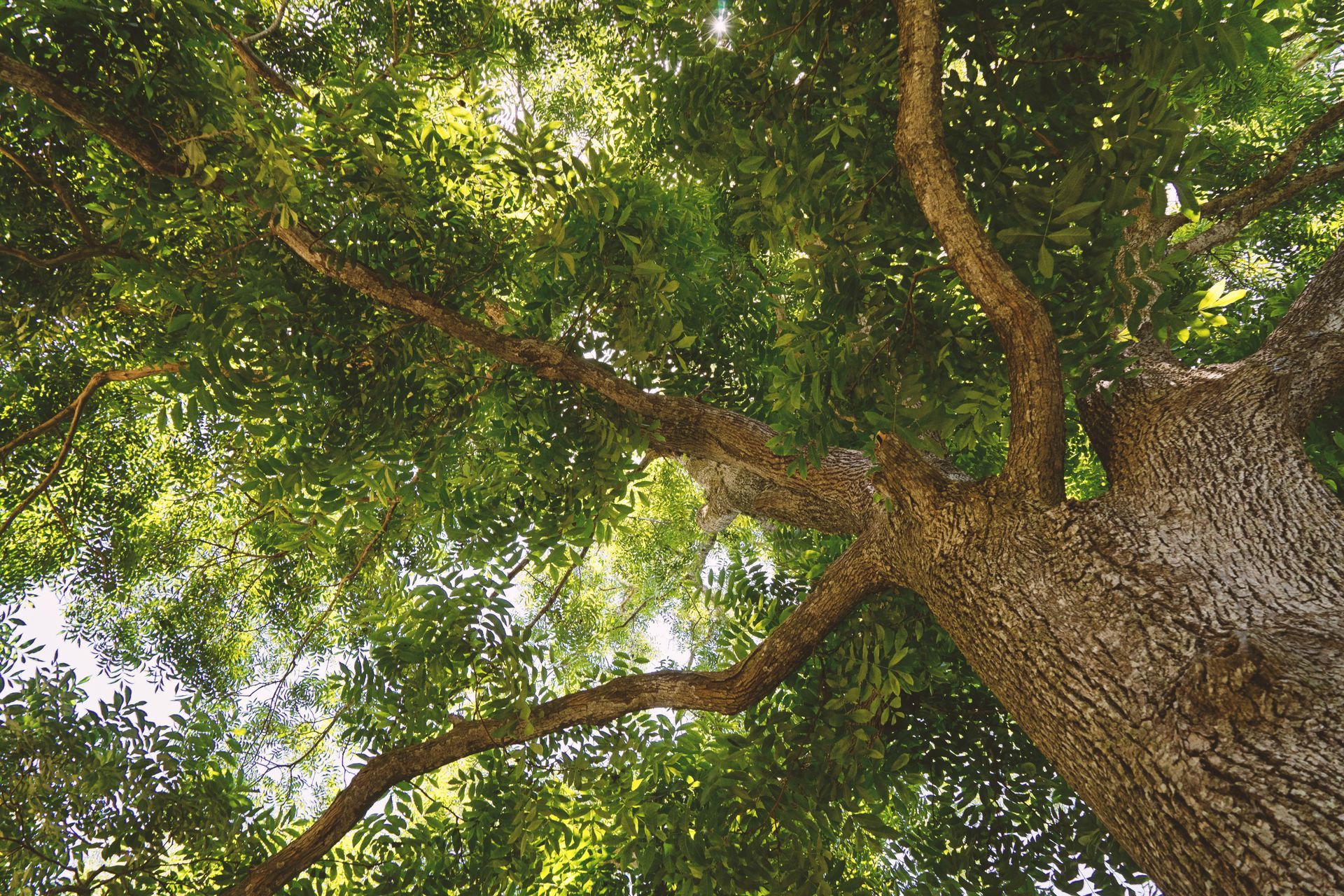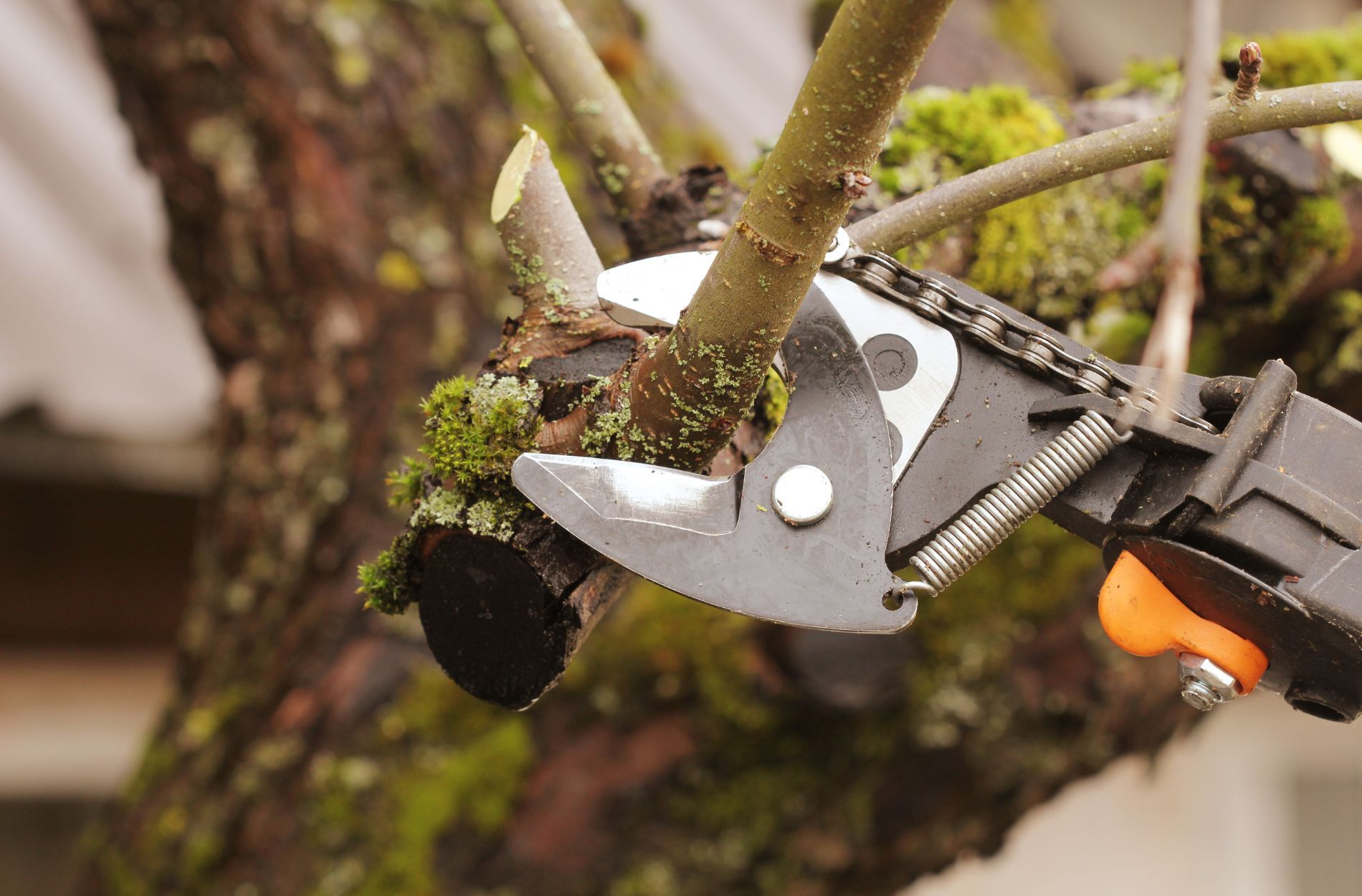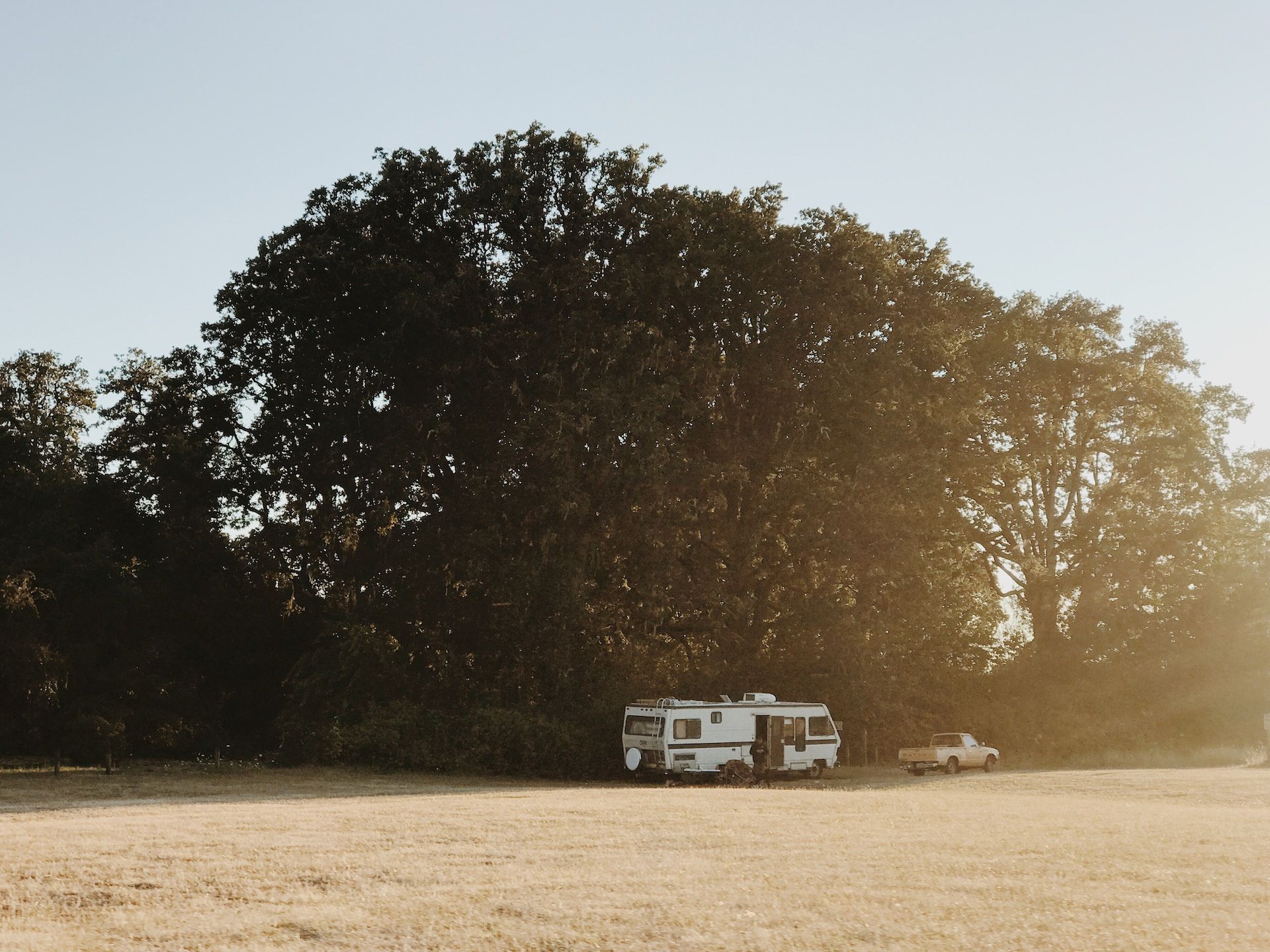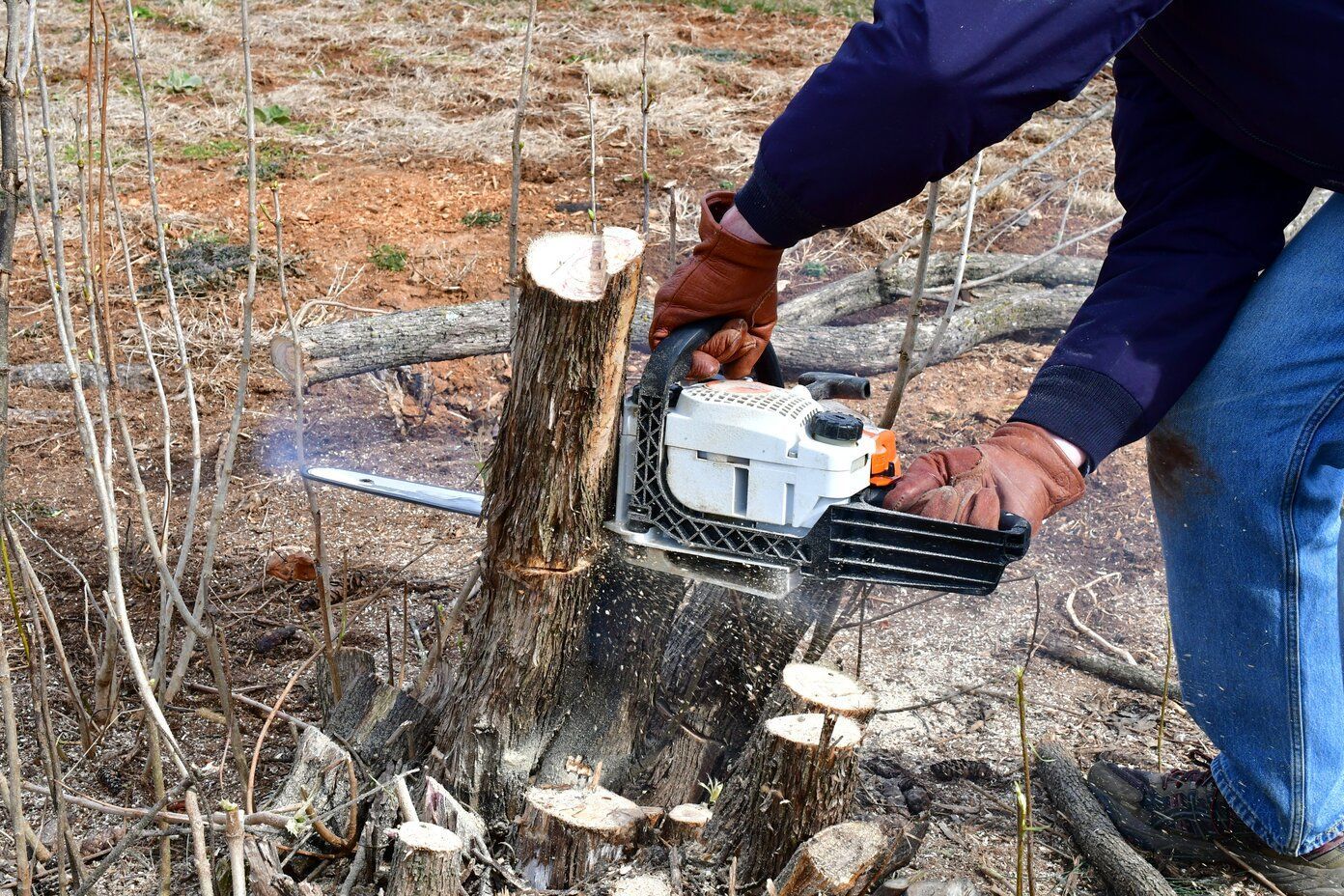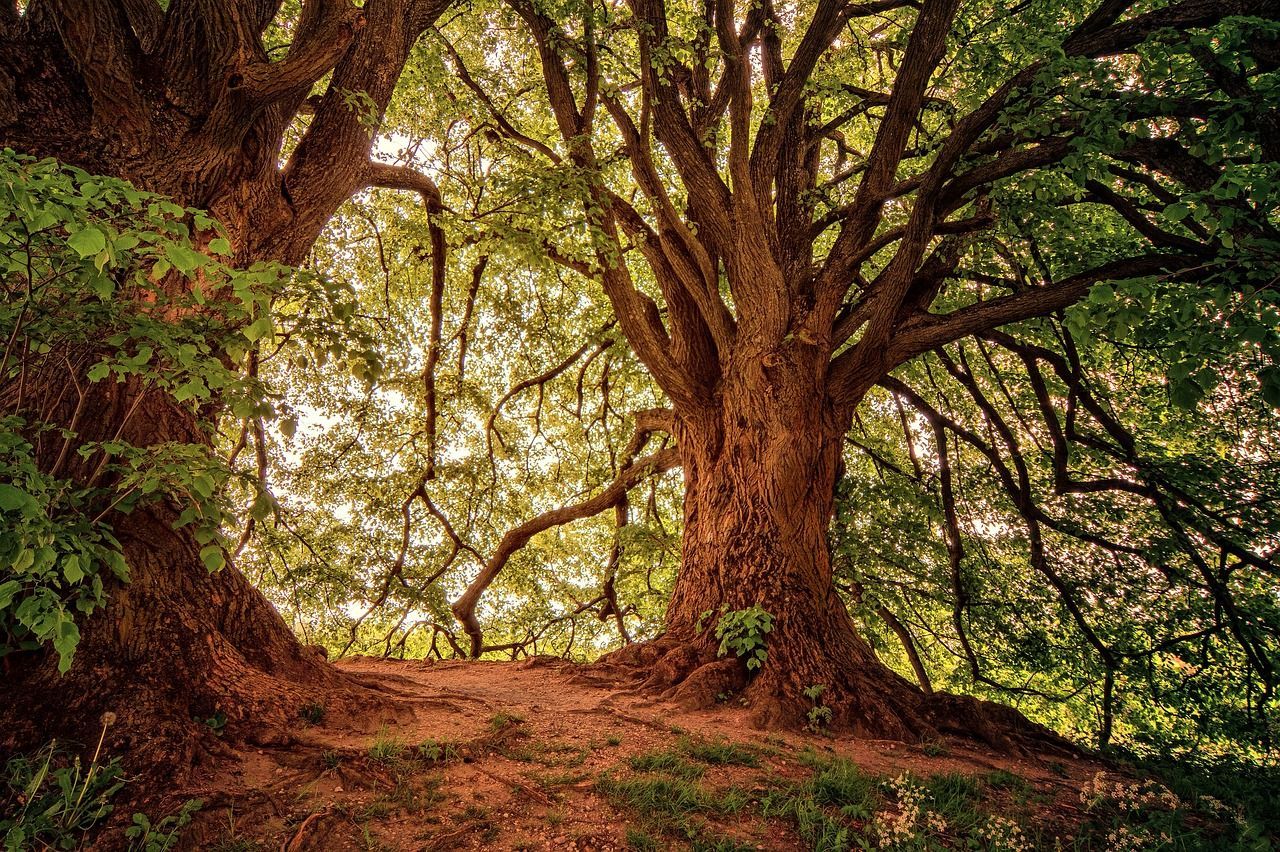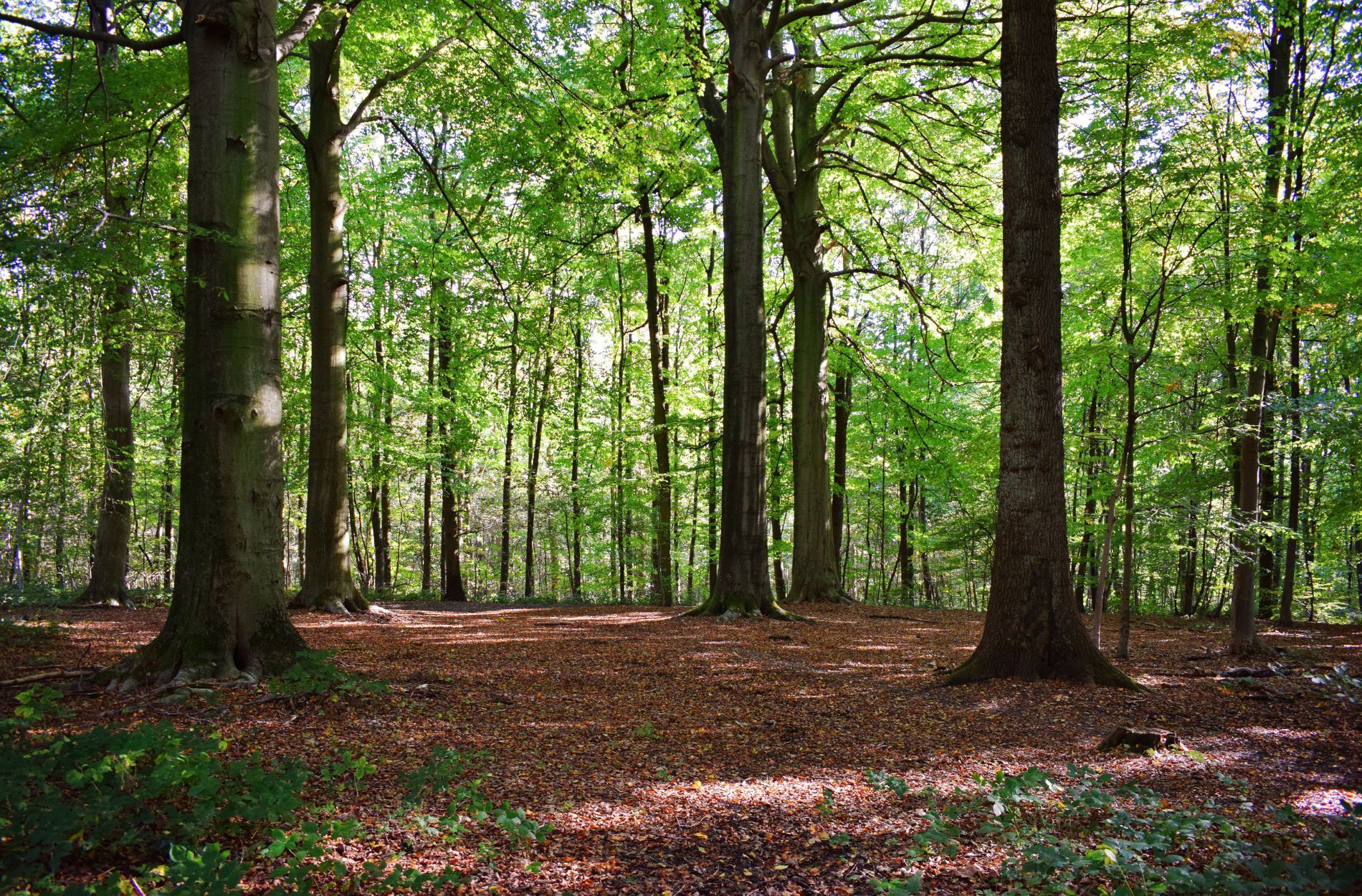Building Better Wildlife Habitats with Tree Care in North East Victoria
In North East Victoria, our natural landscapes are home to diverse and thriving ecosystems that depend on thoughtful management and care. Local wildlife relies on the region's native trees and plants for shelter, sustenance, and resources, and our conscientious tree care practices play a critical role in nurturing and preserving these vital habitats. In this blog series, we delve into how mindful arboriculture can create better wildlife environments, shedding light on the connection between trees and native fauna and the ethical tree care practices that benefit wildlife habitats.
As the local arborist for North East Victoria, Just Trees Australia understands the importance of preserving our region's precious ecosystems. We believe that by adopting responsible tree care practices and fostering a community-wide commitment to sustainable arboriculture, we can collectively contribute to healthier, thriving wildlife habitats.
In this blog series, we will explore the multifaceted role that trees play in supporting native wildlife, discussing their importance in providing shelter, food, and nesting spaces. We will also investigate sustainable tree care practices that promote wildlife-friendly environments, such as species-appropriate planting, natural pruning, and effective pest management. Additionally, we will spotlight specific native tree species that are especially beneficial to North East Victoria's wildlife, highlighting the attributes that make them ideal additions to our landscape.
By working together with Just Trees Australia, individuals and communities across the region can make conscious, informed choices about tree care that positively impact local ecosystems. Join us as we delve into the complex world of wildlife habitats and arboriculture, showcasing the importance of responsible tree care in nurturing and sustaining the rich tapestry of life in North East Victoria.
1: The Role of Trees in North East Victoria's Wildlife Habitats
Trees play a vital role in our region's diverse ecosystems, supporting habitat for countless species of birds, insects, and mammals.
A. Shelter and Protection
Native trees provide essential shelter and protection from predators, weather, and temperature fluctuations for wildlife.
B. Food Sources
Trees supply native fauna with food in the form of leaves, flowers, fruits, seeds and insects, ensuring a steady supply of sustenance for various animal species.
C. Breeding and Nesting Sites
Many species of birds, bats, and marsupials rely on tree hollows, branches, and foliage for safe and secure nesting and breeding sites.
2: Sustainable Tree Care Practices for Promoting Wildlife-Friendly Environments
Adopting sustainable tree care practices can help protect and enhance critical wildlife habitats in our region.
A. Species-Appropriate Planting
Plant native tree species that support local flora and fauna, taking into account their needs for sunlight, soil conditions, and available space.
B. Natural Pruning
When pruning, strive to maintain a tree's natural shape and encourage healthy growth, preserving essential habitats for wildlife.
C. Effective Pest Management
Utilise integrated pest management practices that control invasive species while preserving essential insects and minimising harm to wildlife.
3: Species Spotlight: Native Trees Beneficial to North East Victoria's Wildlife
Several native tree species are especially crucial to local wildlife habitats, offering valuable resources and shelter for our region's diverse fauna.
A. Eucalyptus
Eucalyptus trees (or gum trees) are iconic Australian species that support a myriad of wildlife, including koalas, possums, and countless bird species. They provide essential food sources, nesting cavities, and perching spots for various animals.
B. Acacia
Acacia trees (wattles) offer an abundance of resources for wildlife, including nectar-rich flowers that attract pollinators, seed-rich pods that provide food for birds, and dense foliage that offers valuable shelter for smaller animals.
C. Allocasuarina
Allocasuarina (sheoak) trees furnish shelter for various native fauna, act as windbreaks and provide a unique food source for endangered Glossy Black Cockatoos, who rely on their cones for sustenance.
4: Partnering with Just Trees Australia for Wildlife-Supporting Arboriculture Services
Collaborate with Just Trees Australia's expert arborists to make informed choices about tree care and management that positively impact local ecosystems.
A. Tree Health Assessments
Regular tree health assessments assist in monitoring critical wildlife habitats, ensuring that potential issues are detected early and treated appropriately.
B. Professional Pruning
Just Trees Australia's skilled arborists perform expert pruning services, helping maintain tree health while respecting essential habitats for local wildlife.
C. Tree Planting and Removal
When planting or removing trees, partner with our expert team who can determine the best approach that minimises disruption to wildlife habitats and conserves vital tree populations.
Conclusion
The health and vitality of our region's unique ecosystems depend on a nuanced understanding of the vital relationship between wildlife habitats and arboriculture. Armed with this knowledge, we can make conscious decisions that promote biodiversity, foster thriving ecosystems, and ultimately shape a more vibrant North East Victoria.
Collaborate with Just Trees Australia to protect and nurture North East Victoria's flourishing wildlife habitats. Our certified arborists are ready to share their knowledge and resources to help you make informed decisions about tree care that benefit our region's unique ecosystems. Contact us today to learn more about our comprehensive range of arboricultural services, including
tree cutting and trimming services, and to schedule a consultation that empowers you to create a healthier, more vibrant North East Victoria.

